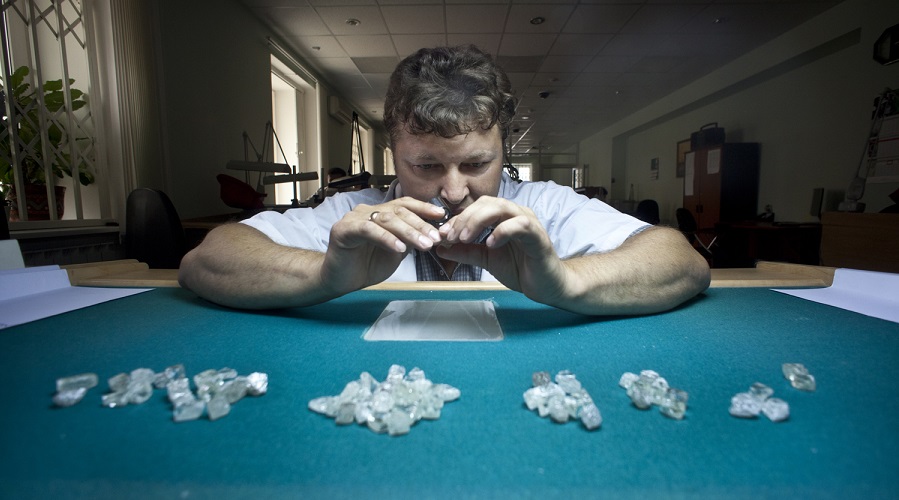Marinychev, who was also added to the EU sanctions list, said the global diamond industry is in a “deep crisis,” with prices falling for the second consecutive year.
According to the executive, the miner may reduce its labor costs by 10% in the coming year, which could include layoffs among its 35,000 staff.
“Certain areas that are less profitable, which are at the borderline of profitability, may be subject to suspension during this crisis period,” Marinychev told a local television station in the Yakutia region of Russia’s Far East, where most of Alrosa’s production is based.
He added that production in these areas could be quickly resumed if the market recovers.
“We are currently in a rather difficult situation. Our task is to endure and wait out this period, to wait for prices to start rising again,” Marinychev said.
Alrosa, which competes with Anglo American unit De Beers, stopped publishing sales data after Russia began its invasion of Ukraine.
By the end of 2022, Alrosa’s production volume reached 35.5 million carats, a 10% increase year-on-year, accounting for over 90% of all Russian diamond production.
Russia to Continue Buying Diamonds
The Russian government regularly purchases diamonds from Alrosa through a state fund.
On Thursday, Deputy Finance Minister Alexei Moiseev said the country will continue to buy diamonds in 2025 to support the diamond industry and market.
The Russian budget for 2025-2027 has set aside $1.55 billion for the purchase of precious metals and gems, Moiseev said in a statement.
Russia will continue to ensure “stable global rough diamond prices in the wake of oversupply in the current market,” the same statement said.
(With files from Reuters)
